Hubble Space Telescope - NASA Science (original) (raw)
Celebrating 35 Years of Discovery
Hubble's Night Sky Observing Challenge
Celebrate 35 years of Hubble observations with our year-long stargazing adventure!
Each month in 2025, the Hubble team will release a new set of objects for you to explore. Compare your view to Hubble’s, then submit your observations to the Astronomical League to earn recognition for your achievement.

Celebrating Servicing Mission 3A
Dec 19 to Dec 27, 2024
Originally a routine mission, SM3A became critical when a fourth of Hubble’s six gyroscopes failed, leaving the telescope locked in “safe mode.”

Hubble's Inside the Image: Protoplanetary Disks
In this video, Dr. Padi Boyd explains Hubble's stunning images of protoplanetary disks—dynamic, swirling structures of gas and dust surrounding young stars.

Hubble's Inside the Image: The Veil Nebula
Dr. Ken Carpenter delves into the stunning details of the Veil Nebula and explains how Hubble's observations shed light on the complex processes involved in the aftermath of a star's explosive death.

Hubble Science: Shoemaker-Levy 9 Interplanetary Impact
Comet Shoemaker-Levy 9 left an indelible mark on our understanding of the solar system when it collided with Jupiter. Discover the crucial role Hubble played in capturing this dramatic impact.

Hubble’s Inside the Image: Stephan's Quintet
Dr. Jennifer Wiseman explores the intricate details of Stephan's Quintet and discusses how Hubble's observations continue to deepen our understanding of galactic behavior and the universe.

Hubble on the NASA App
NASA's free mobile application puts Hubble interactives, resources, and information at your fingertips, including an augmented reality model exclusive to the NASA app. Use this app to stay up to date on all things Hubble!

Hubble Posters
Downloadable versions of Hubble's iconic images ready to print and hang on your classroom, office, science center, or home walls.

Hubble's Inside the Image: Cat's Eye Nebula
In this video, Dr. Ken Carpenter delves into the beauty of this cosmic jewel and discusses the critical role Hubble plays in unraveling the secrets of stellar evolution and the lifecycle of stars.

Pillars of Creation Visualization from Hubble and Webb Telescopes
Made famous in 1995 by Hubble, the Pillars of Creation in the heart of the Eagle Nebula have captured imaginations worldwide with their arresting, ethereal beauty.
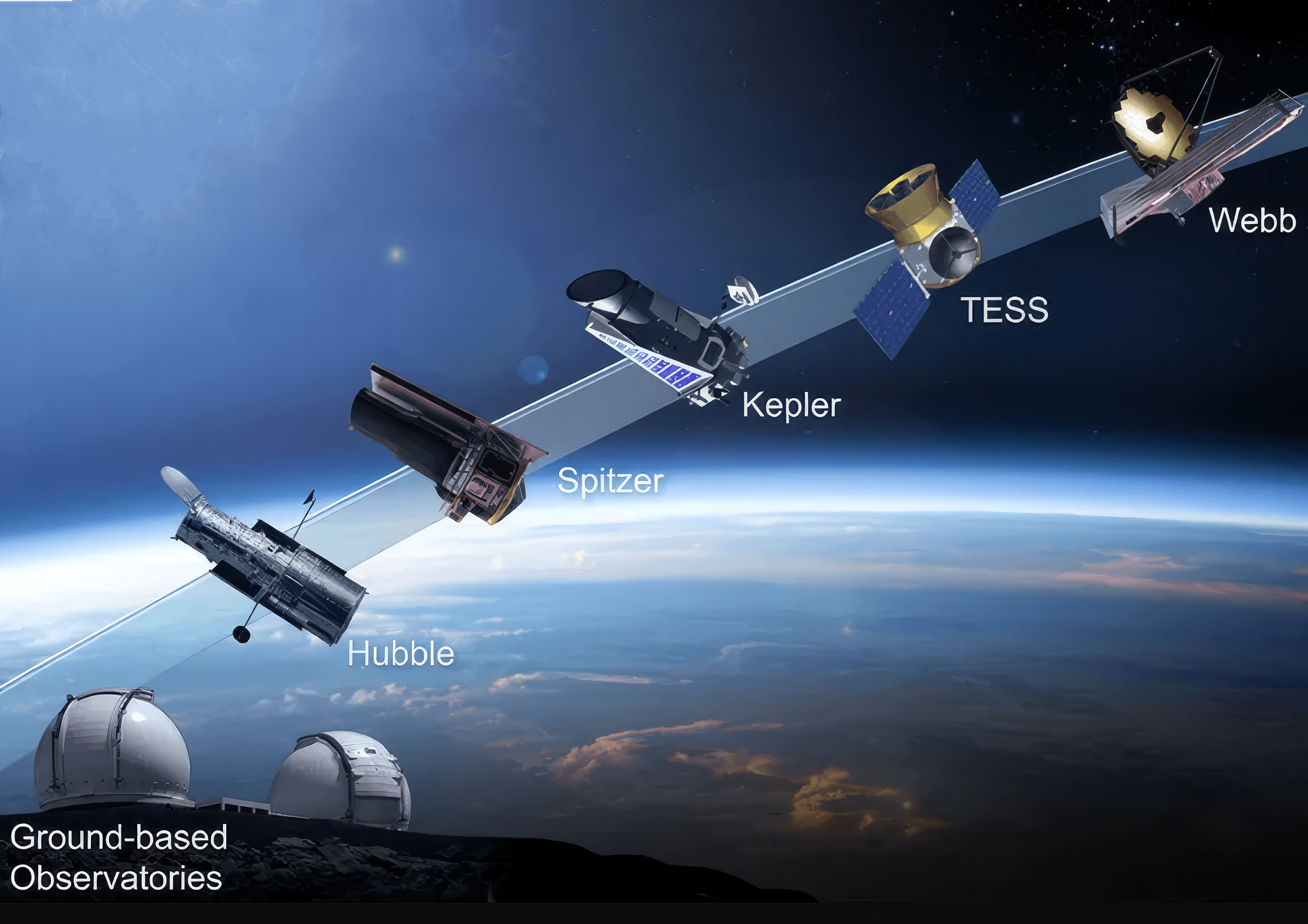
Hubble's Partners in Science
NASA's Hubble Space Telescope has a long history of working with other observatories to explore our universe.

Hubble's Inside the Image: Lensed Supernova Refsdal
Dr. Brian Welch explains Hubble's image of a massive galaxy cluster creating a gravitational lens that magnified the same supernova exploding four different times!
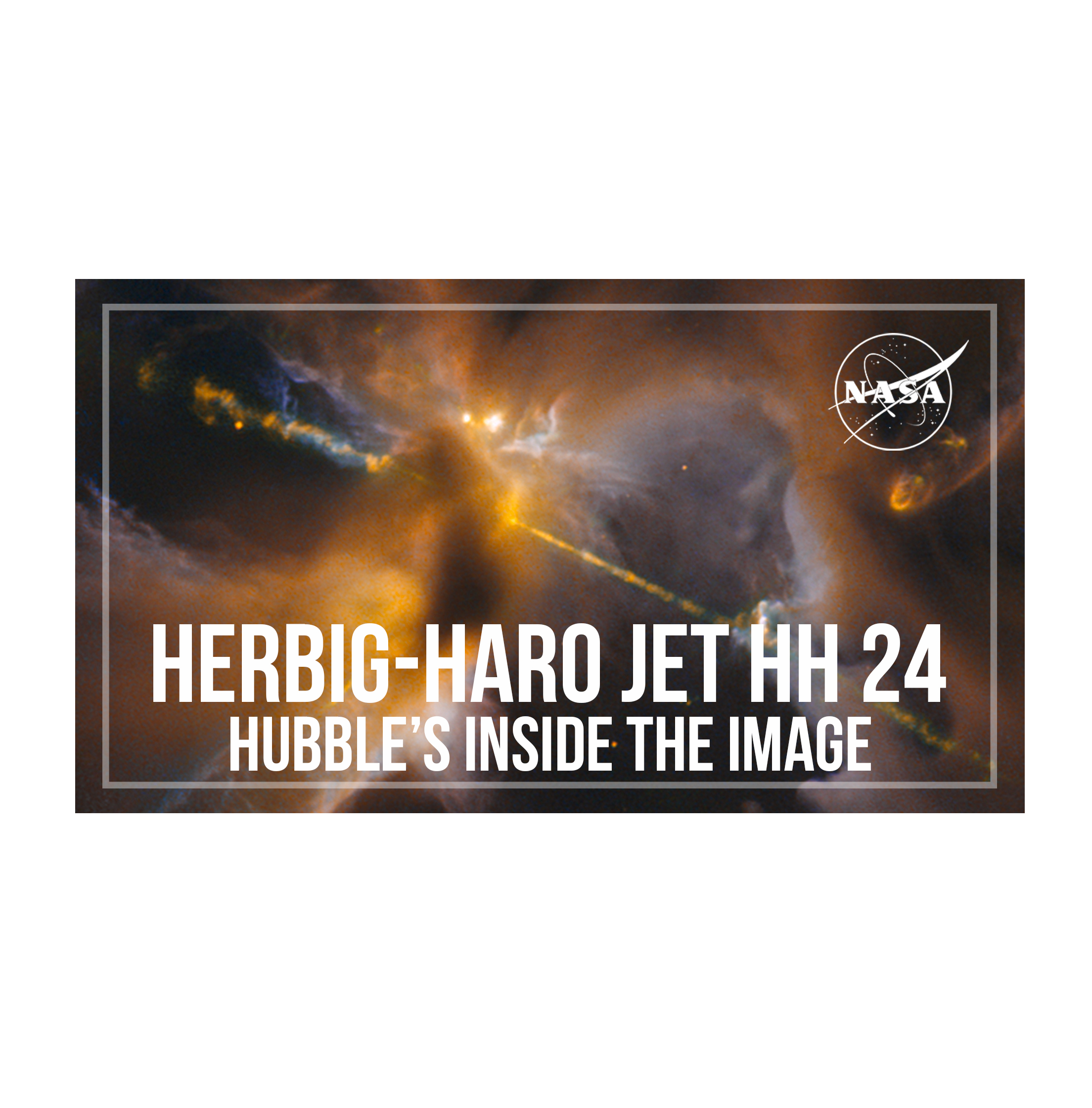
Hubble's Inside the Image: Herbig-Haro Jet HH 24
A dark, Jedi-like cloak of dust obscures a newborn star that is shooting twin jets out into space. Dr. Kenneth Carpenter explains this breathtaking image.

It's Time to Change Hubble's Clock
Remember that Y2K thing a few years ago? Well, it turns out Hubble has something similar, only Hubble’s clock restarts every 6,213 days, 18 hours, 48 minutes, and 31.875 seconds, or roughly every 17 years.
More Hubble Online Activities
NASA’s Hubble Sees a Stellar Volcano
NASA’s Hubble Space Telescope has provided a dramatic and colorful close-up look at one of the most rambunctious stars in…

A New View of the Universe
How did a telescope become a household name and change how we look at the cosmos forever?
With over 1.5 million observations and 20,000+ papers published on its discoveries, Hubble is the most productive science mission in the history of NASA. Yet the story of Hubble’s success starts before NASA even existed. It includes adversity, human ingenuity, heroic spacewalks, risk taking, and discovery. Learn the background of one NASA’s most famous missions.
Science, Technology, Culture: Hubble's Growing Legacy
From cultural touchstone to technological influencer, Hubble has left its mark on Earth
Hubble science has rewritten astronomy textbooks as its discoveries continually provide deeper explanations of astronomical objects and unveil new phenomena. But science isn’t the only way Hubble has impacted our world. From image detectors that are now used in the fight against breast cancer to science images that are used in Hollywood blockbuster movies, Hubble is embedded in our everyday lives and pop culture.
Discovering the Unimagined
Hubble has not only furthered our knowledge of the known universe, it's shocked the astronomical world with never-before-seen phenomena.
When Hubble was launched, no planets around other stars had been discovered, Pluto had only one known moon, and dark energy was not even a concept. With over three decades of observations, Hubble has changed humanity’s understanding of the universe. We now know that black holes exist at the center of almost all galaxies, Jupiter’s massive storm – the Great Red spot – is now shrinking, light can echo just like sound, and the universe is expanding at an accelerating rate. Learn about Hubble’s great discoveries, understand the basics behind Hubble’s scientific capabilities, and explore its incredible images of the cosmos.
An Observatory for the Ages
Even after three decades in the harsh environment of space, Hubble is still at the peak of its scientific capability
Designed and built in the 1970’s and 1980’s, Hubble has far surpassed its 15-year life expectancy and produced science never thought possible at the time of its launch. Learn about Hubble’s unique design, the human spaceflight missions that have extended its life, and the ground operations that keep it as productive as ever.
NASA’s Hubble Watches Jupiter’s Great Red Spot Behave Like a Stress Ball
Astronomers have observed Jupiter’s legendary Great Red Spot (GRS), an anticyclone large enough to swallow Earth, for at least 150…

Hubble Images
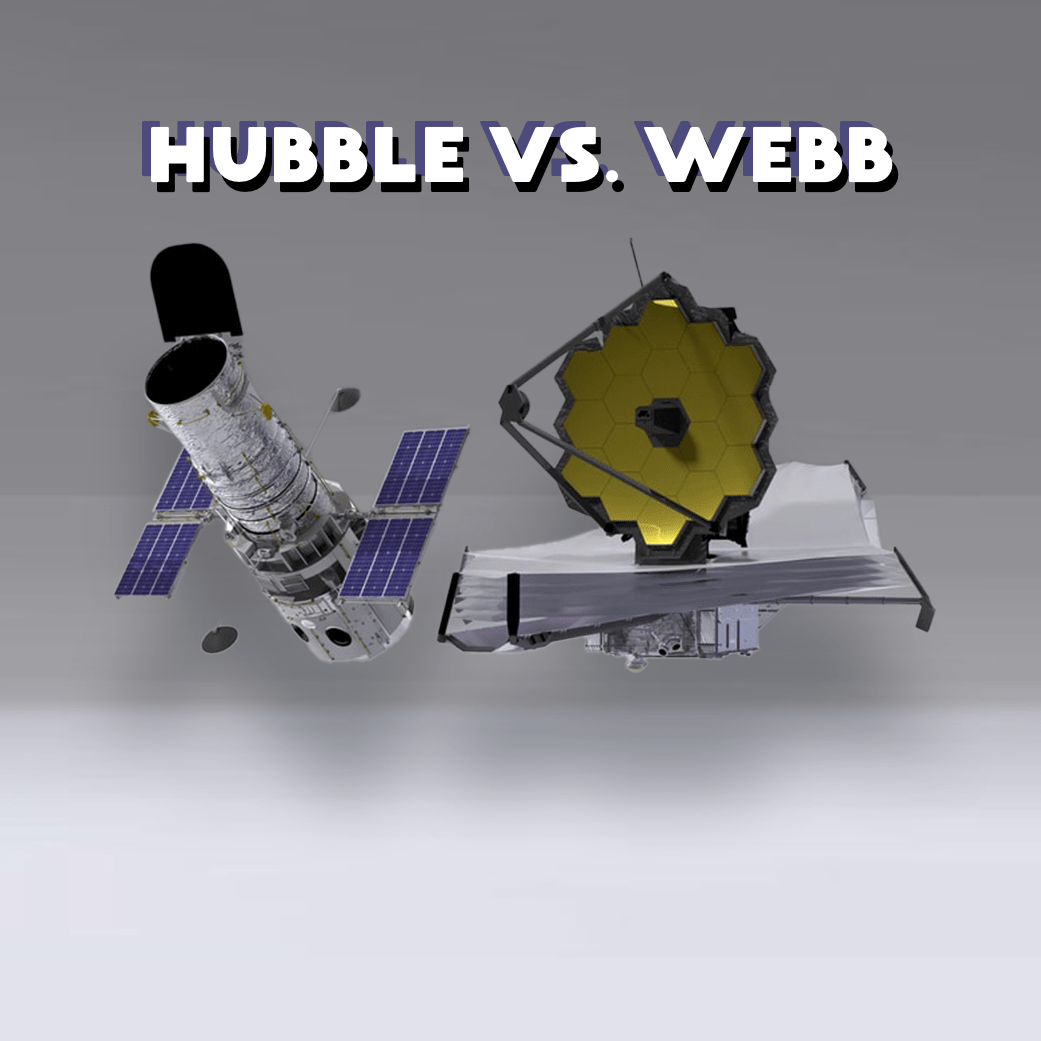
On The Shoulders of a Giant
What's the same and what's different? Compare these two NASA flagship missions.
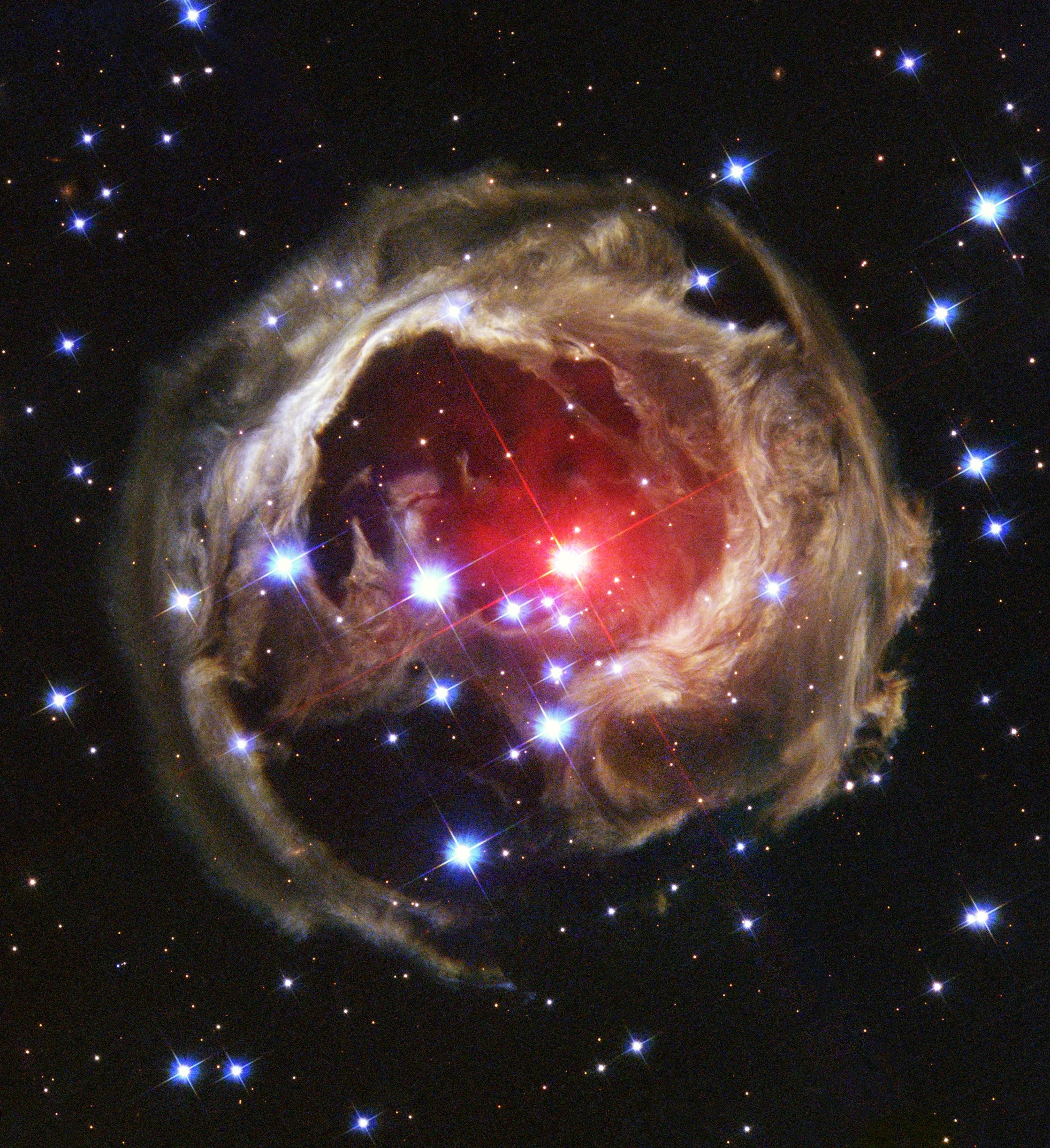
Hubble Science Highlights
Hubble has affected every area of astronomy. Its most notable scientific discoveries reflect the broad range of research and the breakthroughs it has achieved.
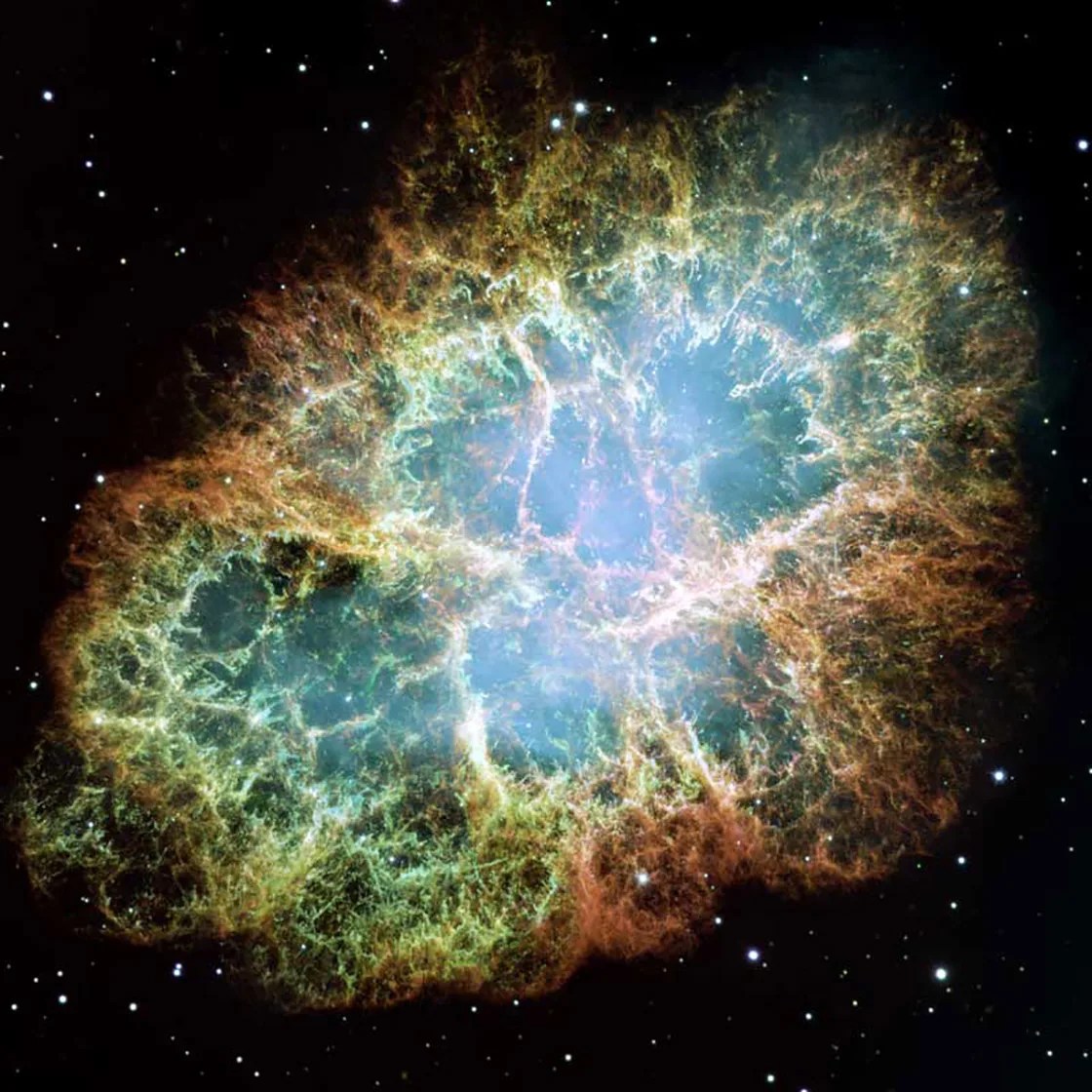
Explore the Night Sky
Your backyard telescope and binoculars may not have the capabilities of Hubble, but you can still see amazing objects. Compare what you see with the images Hubble has taken.
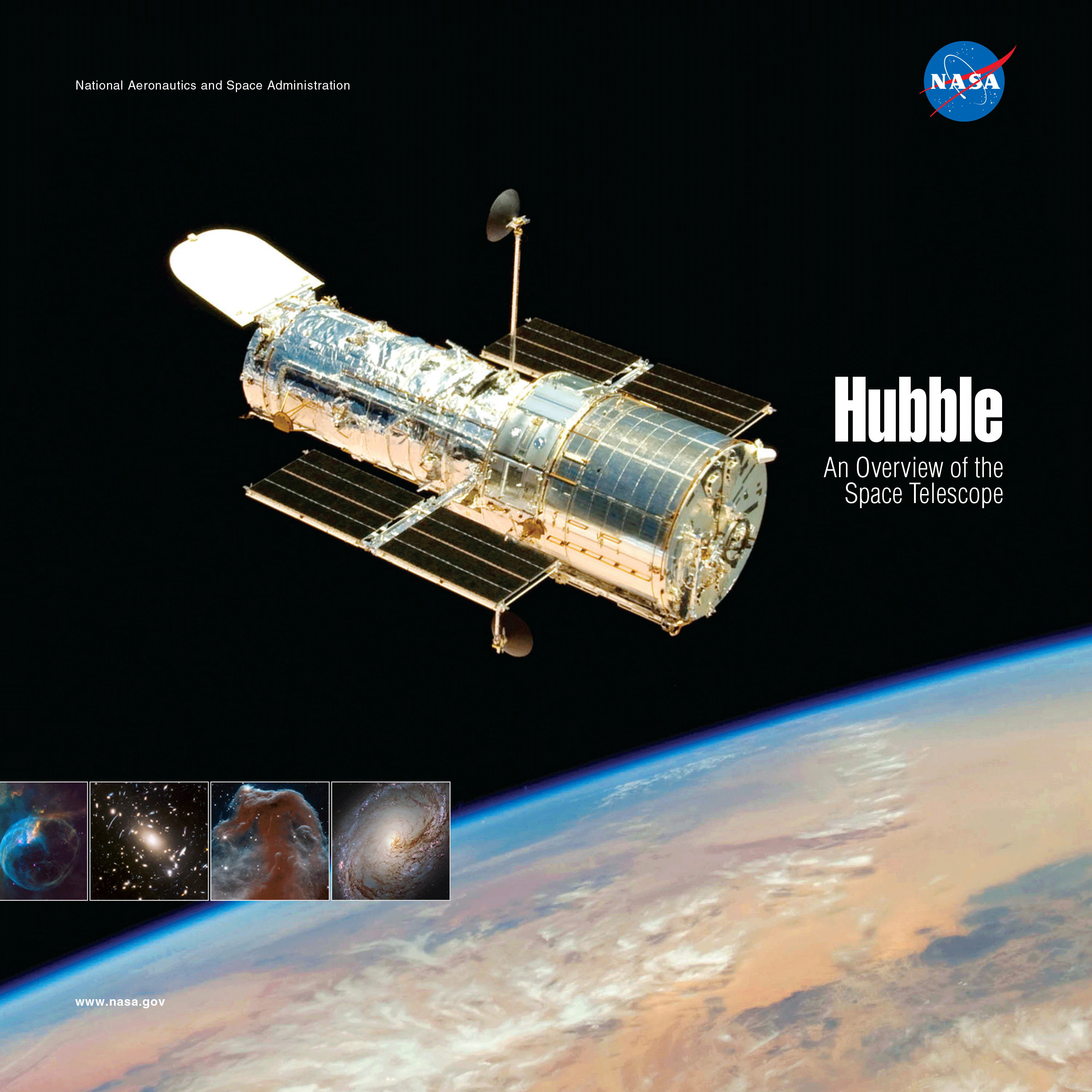
Hubble E-books
Investigate the mysteries of the universe with Hubble. Learn Hubble's history. E-books dive deeper into Hubble discoveries and more.